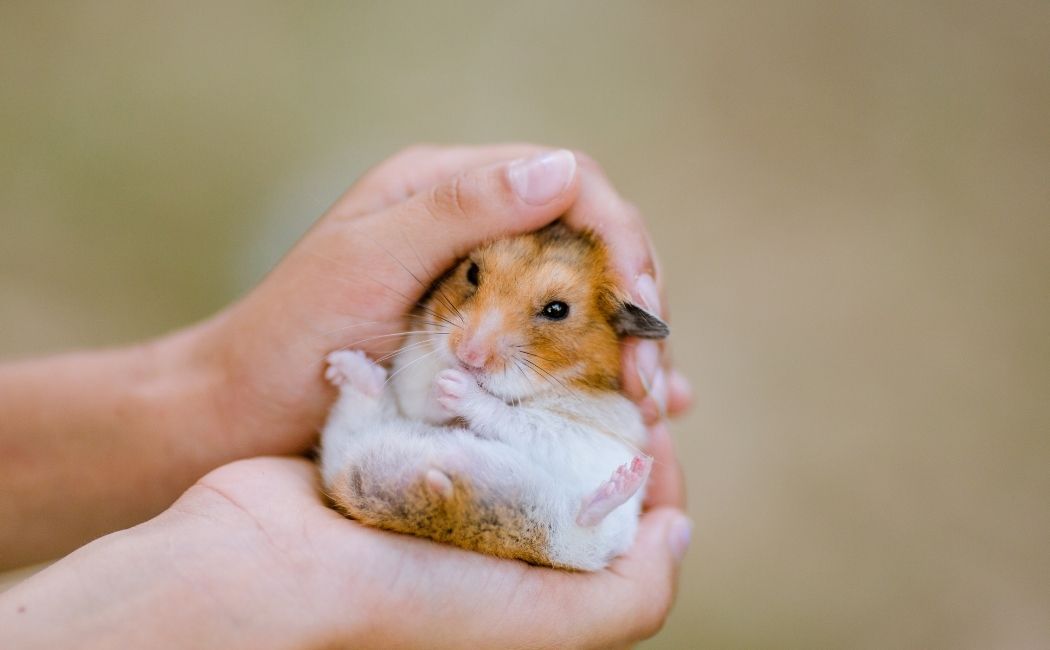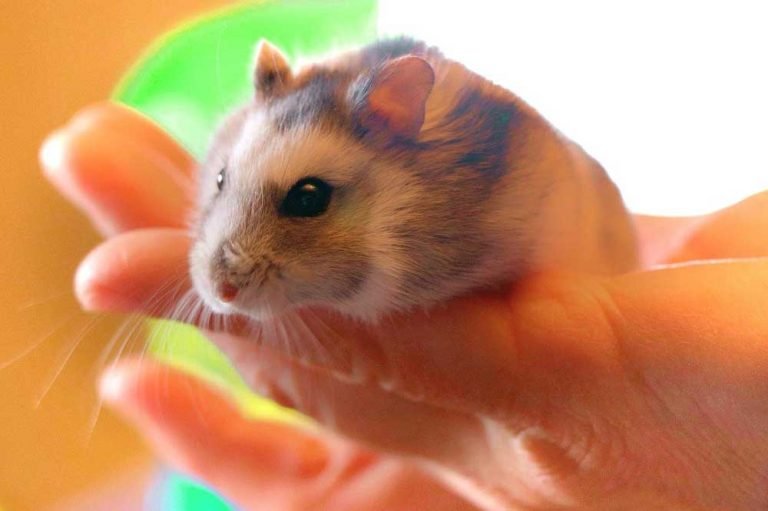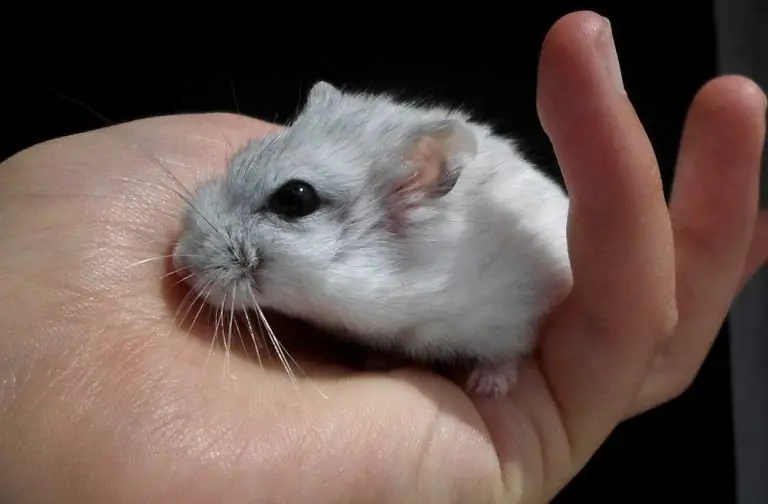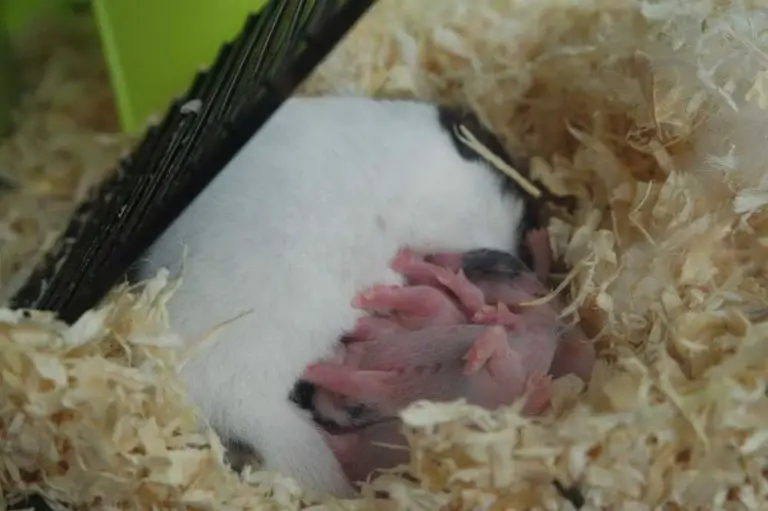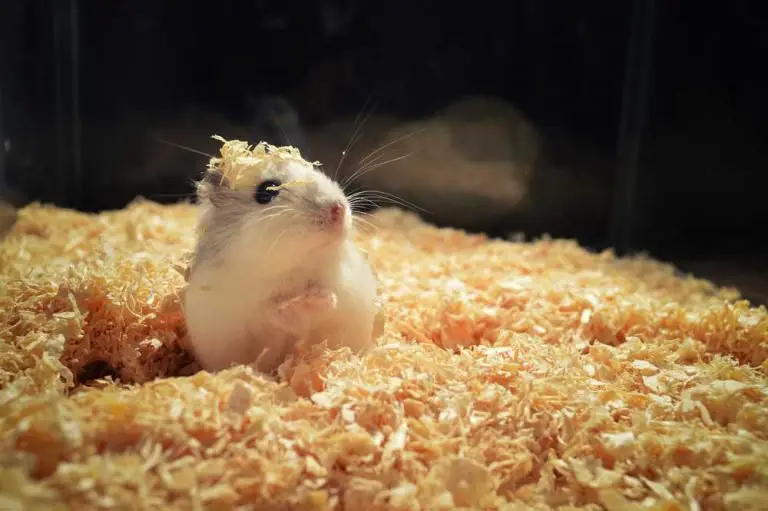Can Hamsters Cry? (Reason and Solutions)
Yes, hamsters can cry. This screaming is fairly rare, however, and hamsters will usually only make this sound when they are particularly alarmed or frightened or in real pain. A highly stressed hamster, a hamster that has been dropped or is in pain, or a fighting hamster will occasionally scream or cry.
They are very emotional creatures. They experience a wide range of emotions, from happiness and excitement to fear and sadness.
So, if they’re capable of feeling all of these emotions, it stands to reason that they might also cry when they’re experiencing something negative. There have been several reports of highly stressed or frightened hamsters screaming or crying out in pain.
In one case, a woman reported her hamster cried out after being dropped on the floor. Another incident involved two fighting hamsters whose screams were so loud and disturbing that the owner had to intervene and break up the fight.
So, based on these reports, it seems likely that hamsters do cry when they’re in distress or pain. However, we can’t say for sure since there hasn’t been any scientific research conducted on this subject. Until then, we can only speculate as to why hamsters might cry and whether or not it’s an indication of their emotional state.
Why Would A Hamster Cry Out?
There are a few reasons why a hamster may cry out. One reason is if the hamster is highly stressed. This can happen if the hamster has been dropped or is in pain.
Another reason is if the hamster is fighting with another hamster. If a hamster is fighting, it may scream to try to scare off its opponent.
Finally, some hamsters simply make this noise when they are alarmed or frightened. It is important to note that this screaming is fairly rare, and most of the time it only happens when the hamster is in a situation where it feels threatened or hurt.
What To Do When A Hamster Cries Out?
When a hamster cries out, it is important to figure out the cause of the problem. If the hamster is in pain, then you will need to take it to the vet. However, if the hamster is just crying for attention, then you can try giving it some toys or treats. If the problem persists, then you may need to consult with a veterinarian or animal behaviorist.
Anxious And Unfamiliar
A hamster may cry for a number of reasons, but the most likely cause is that they are feeling anxious and unfamiliar. If you just got your hamster or moved them to a new home, they may be crying because they are adjusting to their new surroundings.
Try giving them time to adjust and making sure their cage is comfortable and has everything they need. If the crying continues, it may be due to an underlying health condition, so you should take them to the vet for a checkup.
Distress
They may be highly stressed. This can happen if they feel like they’re in danger, or if they’re in pain. Second, they may have been dropped suddenly, which can also cause them to cry out in pain. Finally, fighting hamsters will sometimes scream or cry as well.
AttentionSeeking reason
Crying is a very natural behavior for hamsters. They do it to communicate their needs and emotions, just like we do. There are many reasons why your hamster might be crying, but the most common one is simply because they want your attention.
Hamsters are social creatures that thrive on human interaction. If they feel like they’re being ignored, they may start crying as a way to get your attention. This is usually not a problem if you spend some time every day playing with and handling your hamster. However, if you’re gone for long periods of time or only interact with them briefly when you feed them, they can become lonely and depressed.
Other reasons why your hamster might be crying include being scared or in pain. If there’s something in their environment that’s frightening them, such as another pet or loud noises, they may cry out of fear. And if they’re hurt or ill, they may also cry out in pain or distress.
If your hamster is crying and you’re not sure why the best thing to do is take them to the vet to rule out any medical causes first. Once you’ve ruled out any health problems, try spending more time with them each day and see if that makes a difference.
What Sound Do Hamsters Make When They Cry?
As noted above, the primary sound that hamsters make when they are experiencing discomfort is a hiss. This may be due to feeling threatened or angry, as is often the case when new hamsters are introduced into a home. However, after socialization, such sounds should cease as the animals become more comfortable with their surroundings.
Screaming
Hamsters will usually only make this sound when they are particularly alarmed or frightened, or in real pain. A highly stressed hamster, a hamster that has been dropped or is in pain, can occasionally scream or cry. This is not a pleasant sound! If you think your hamster is in distress, it’s best to consult with a veterinarian.
Hissing
Most people are familiar with the concept of a mother cat hissing at her kittens when they cry, but did you know that hamsters also hiss? This is actually the first and most common sign of discomfort in your hamster. They will often hiss if they feel threatened or angry, and this is especially common when introducing new hamsters to your home. However, after socialization, they should stop making this sound as they become more comfortable with their surroundings.
SquealingSqueaking
When a hamster screams or cries, it is usually because they are alarmed, frightened, or in pain. A highly stressed hamster may also occasionally scream or cry. If your hamster is squealing or squeaking, it is likely because they are feeling threatened or is in pain.
If you think your hamster is crying due to stress, try to provide them with a calm and safe environment. If you think your hamster may be injured, take them to the veterinarian as soon as possible.
Do Hamsters Get Sad?
A lethargic hamster is often a sign of an unhappy hamster. If all they’re doing is sleeping, eating, drinking, and sleeping again this is a sign that they are depressed. Hamsters can get sad for a number of reasons.
Maybe they’re not getting enough attention from their owner, or they don’t have enough toys to play with. Sometimes even a change in diet can cause a hamster to become sad. If you think your hamster might be sad, try spending more time with them or giving them some new toys to play with.
How Do You Comfort A Hamster?
How to Comfort a HamsterWhen it comes to comforting a hamster, there are a few key things to keep in mind.
First and foremost, you need to keep them at an optimal temperature. This means not too hot and not too cold. Providing them with clean, calm, and quiet sleeping quarters is also important.
Avoiding dehydration is another key concern. Giving them attention and providing pain management medication can also help comfort a hamster in distress. Finally, be aware of stress factors that could impact your hamster’s health and well-being such as transmitted diseases or wet tails.
By following these simple tips, you can help ensure your hamster feels comfortable and safe at all times.
Spend Time With Your Hamster
Is it really necessary to spend time with your hamster every day? The answer may surprise you. Most people believe that hamsters are low-maintenance pets that don’t require much attention. However, the reality is that these furry little creatures need just as much love and care as any other pet.
Hamsters are social animals, and they thrive when they have regular contact with their human companions.
One of the best ways to bond with your hamster is to spend time playing with them every day. This doesn’t have to be a big production – simply sitting down next to their cage and letting them crawl on your lap can be a great way to show them some love. You can also offer them treats during this playtime, which will help reinforce the positive association between you and your furry friend.
In addition to daily playtime, it’s also important to make sure that your hamster has a spacious and enriching environment in its cage. This means providing plenty of toys and activities for them to enjoy, as well as regularly changing up the layout of their home so they don’t get bored.
Work On building a Bond
Building a bond with your hamster is important to ensure a happy and healthy relationship. Here are some tips on how to do so:
First, make sure that you are meeting all of your hamster’s needs. This includes providing a clean and spacious enclosure, fresh food and water, and plenty of toys and hiding spots. A comfortable and stress-free home will help your hamster feel more relaxed around you.
Next, place your hand near the hamster’s enclosure but don’t try to grab them. Allow them to sniff your hand and get used to your scent. Once they seem comfortable, offer them a healthy treat from your hand. Try doing this regularly so that they associate you with something positive.
When you’re ready to try picking up your hamster, do so gently and slowly. Hold them close to their body so that they feel supported. If they struggle or seem scared, put them back down and give them some time to adjust before trying again. Remember that it takes time for trust to build up!
Finally, give your hamster regular out-of-enclosure time to explore under supervision. This will not only provide mental stimulation but also allow them to burn off any excess energy.
Set Up A Play Area Outside Of The Cage
A play area outside of the cage is a great way to comfort your hamster and provide them with some much-needed exercise. It’s important to create a safe environment for your hamster to play in so they don’t hurt themselves or escape.
Here are some tips on how to set up a play area for your hamster:
1. Choose an appropriate location – The location of the play area is important because you need to make sure it’s safe for your hamster. A good spot would be somewhere that is free from potential hazards like electrical cords, small children, and other animals.
2. Set up barriers – Once you’ve chosen a location, you’ll need to set up some barriers around the perimeter of the area. This will help keep your hamster contained and prevent them from escaping. You can use things like baby gates, cardboard boxes, or even towels to create barriers. Just make sure there are no gaps that your hamster could squeeze through!
3. Add enrichment items – To make the play area more fun for your hamster, add some enrichment items like tunnels, toy balls, and chew toys. These items will not only give your hamster something to do but also help keep their teeth healthy and clean!

